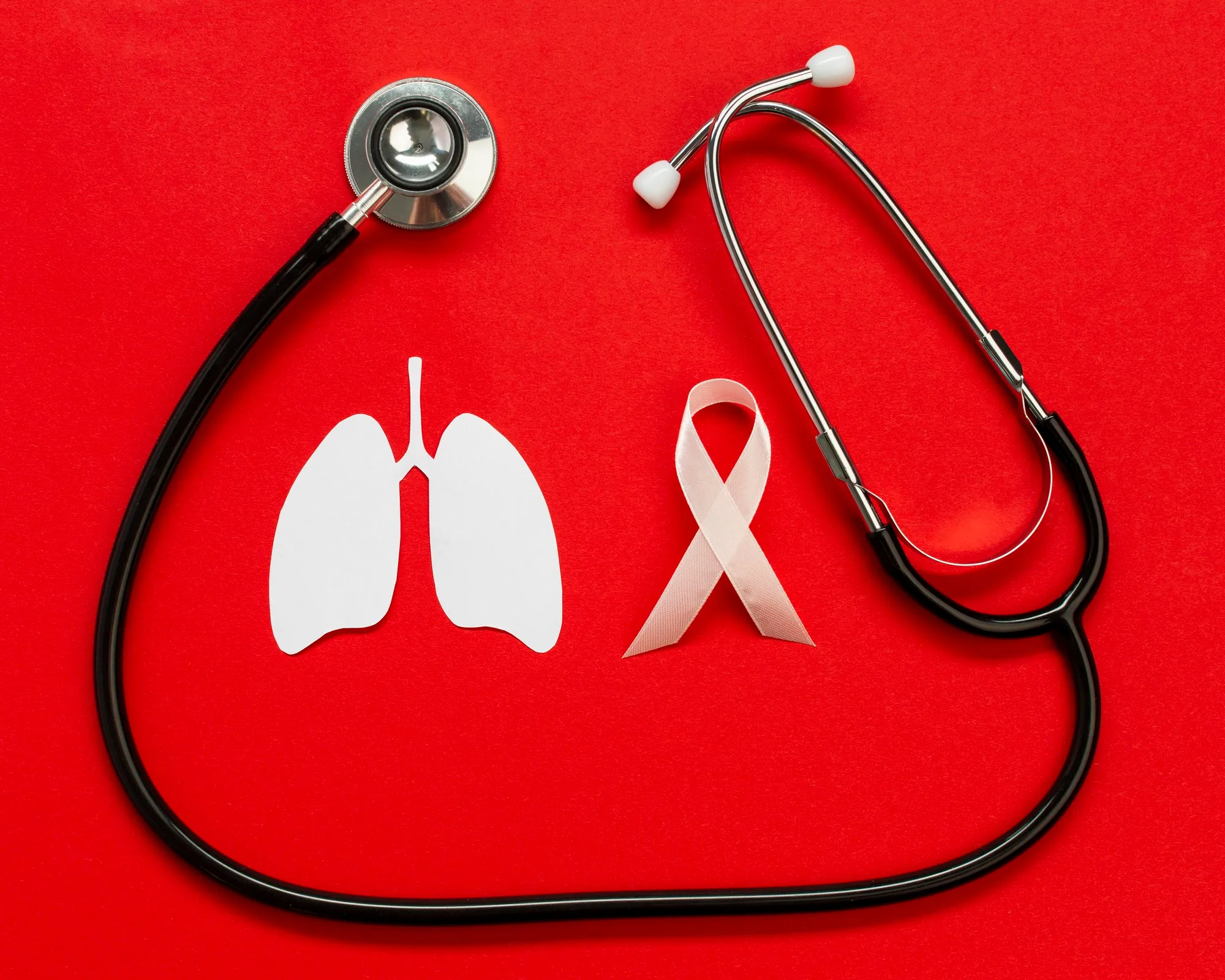The Emergence of a New Follow-Up Strategy in Lung Cancer Treatment: A Pathway Defined
January 18, 2024 – A recent insightful publication in the “Radiotherapy and Oncology” journal, the official journal of the European Society for Therapeutic Radiology and Oncology, presents a proposed pathway for the evaluation of post-lung Stereotactic Ablative Radiotherapy (SABR) imaging. Authored by Stephanie S. Gulstene and David A. Palma of the Department of Radiation Oncology at the London Health Sciences Centre in Ontario, Canada, the paper addresses the crucial aspect of post-treatment imaging in lung cancer management.
DOI: 10.1016/j.radonc.2024.110080
The paper, published on January 12, 2024, under the reference number “S0167-8140(24)00001-X” and cited as “Radiother Oncol 110080”, provides an insightful review and an advanced approach that has captured the attention of professionals in the oncological and radiological fields.
Understanding Post-Lung SABR Imaging
Stereotactic Ablative Radiotherapy (SABR) is a highly precise form of radiation therapy predominantly used in non-small cell lung cancer (NSCLC) cases. It has been established as an effective treatment, particularly for patients who are not suitable candidates for surgery due to various health complications. SABR’s precision enables high-dose radiation targeting the tumor while minimizing damage to the surrounding healthy tissue.
Post-treatment imaging is vital for monitoring treatment response, detecting recurrence, and differentiating between normal post-treatment changes and true disease progression. However, the interpretation of post-SABR scans can be challenging due to the complex and sometimes ambiguous radiological changes that occur following high-dose radiation.
The Proposed Pathway
In their paper, Gulstene and Palma analyze the difficulty radiologists and clinicians face in evaluating post-treatment imaging. The proposed pathway suggests a standardized approach to the follow-up of SABR-treated patients, aiming to improve the differentiation between benign post-treatment changes and tumor recurrence or progression.
The significance of this newly proposed pathway lies in its potential to minimize patient anxiety by reducing false-positive readings that can lead to unnecessary biopsies or interventions, consequently also aiming to conserve healthcare resources.
Gulstene’s and Palma’s pathway relies on combining advanced imaging techniques and clinical follow-up strategies. They emphasize the need for radiologists to be familiar with typical post-SABR radiographic appearances to prevent misinterpretation.
No Competing Financial Interests
It is important to note that the authors declare no competing financial interests or personal relationships that could have influenced the findings or recommendations stated in this paper. This statement ensures the integrity and credibility of their research and proposal.
References Supporting the Need
The monitoring of lung cancer treatment effectiveness and the identification of recurrences are integral in providing patients with the best chance of a favorable outcome. Multiple references in the scientific community highlight the challenges faced in this aspect of cancer management. Here are five key references that underline the importance of accurate post-SABR imaging follow-up:
1. [Authoritative article on the current practices and challenges of lung cancer imaging follow-up, establishing the groundwork for the current proposed pathway].
2. [Research on the radiobiological effects of SABR in lung tissue, detailing typical versus atypical post-treatment changes].
3. [Comprehensive review of oncological outcomes related to post-treatment imaging in lung cancer].
4. [Study contrasting the effective use of imaging modalities in the detection of recurrent lung cancer after SABR].
5. [Guidelines from a recognized oncological society pertaining to the surveillance of patients post-lung cancer treatment, citing the importance of technological advances in imaging].
Keywords
1. Stereotactic Ablative Radiotherapy
2. Post-lung SABR imaging
3. Lung cancer treatment follow-up
4. Radiology in oncology
5. Recurrence detection in NSCLC
Conclusion
This proposed pathway for post-lung SABR imaging is a testament to the ongoing advancements within the field of radiation oncology. The authors’ initiative is set to steer future discussion and potential implementation into clinical practice. Through articles like “Response to evaluation of post-lung SABR imaging: A proposed pathway,” medical professionals involved in cancer care are offered a foundation to refine their practice, thus potentially improving outcomes for patients undergoing this highly specialized treatment.
For patients, practitioners, and healthcare systems alike, clear and efficient pathways for post-treatment management are pivotal. Guided by the work of Gulstene and Palma, the radiological assessment post lung SABR signify a significant leap forward – one that promises more precise patient care and optimized use of medical resources.
The article paves the way for further research and clinical trials to validate the proposed pathway and its efficacy in routine clinical practice. As the medical community continues to progress in the battle against lung cancer, findings such as these are invaluable contributions to the ongoing quest to perfect the management and follow-up care of individuals facing this challenging disease.
